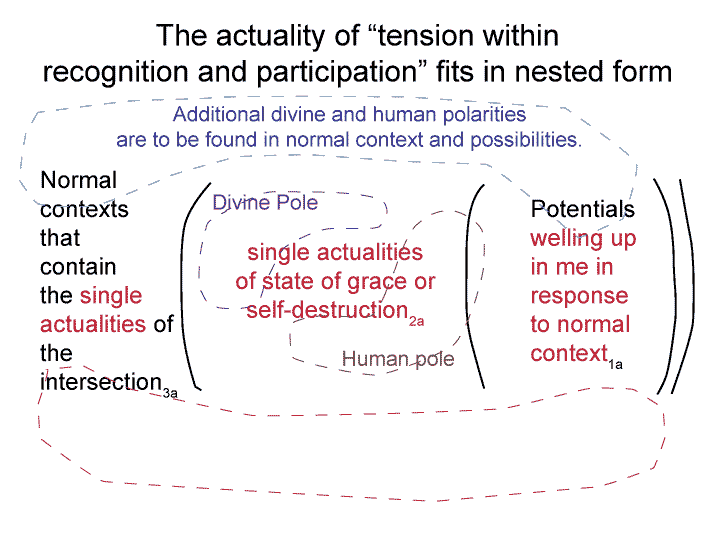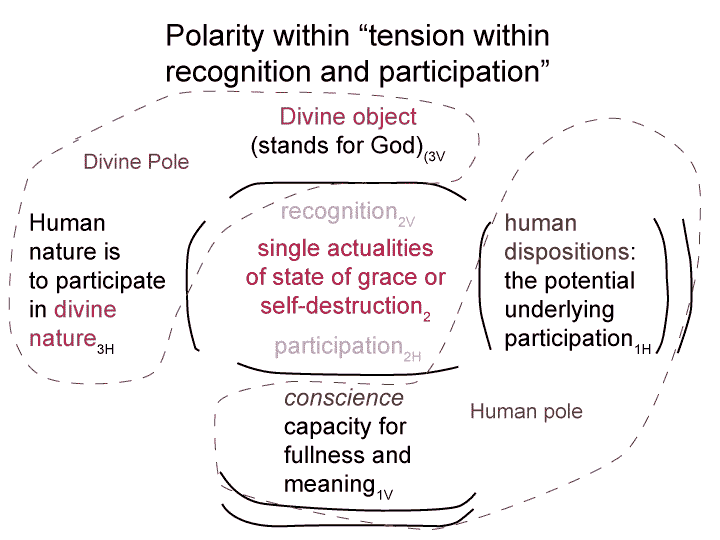Man and Sin by Piet Schoonenberg (1964) 2.1ED-1
[A normal context includes design.
‘Recognition’ points to the design manifested in God Recognizing Himself.
What does God Recognize?
Himself.
God recognizes Himself as a divine object.
Similarly, when ‘I recognize myself’, I may see ‘an image of God.’
Or I may simply see a reflection in a mirror of someone else’s making.
‘Recognition’ emerges from and situates the potential of ‘what I am able to recognize. That is, my conscience, and self.]


